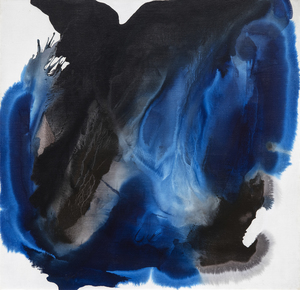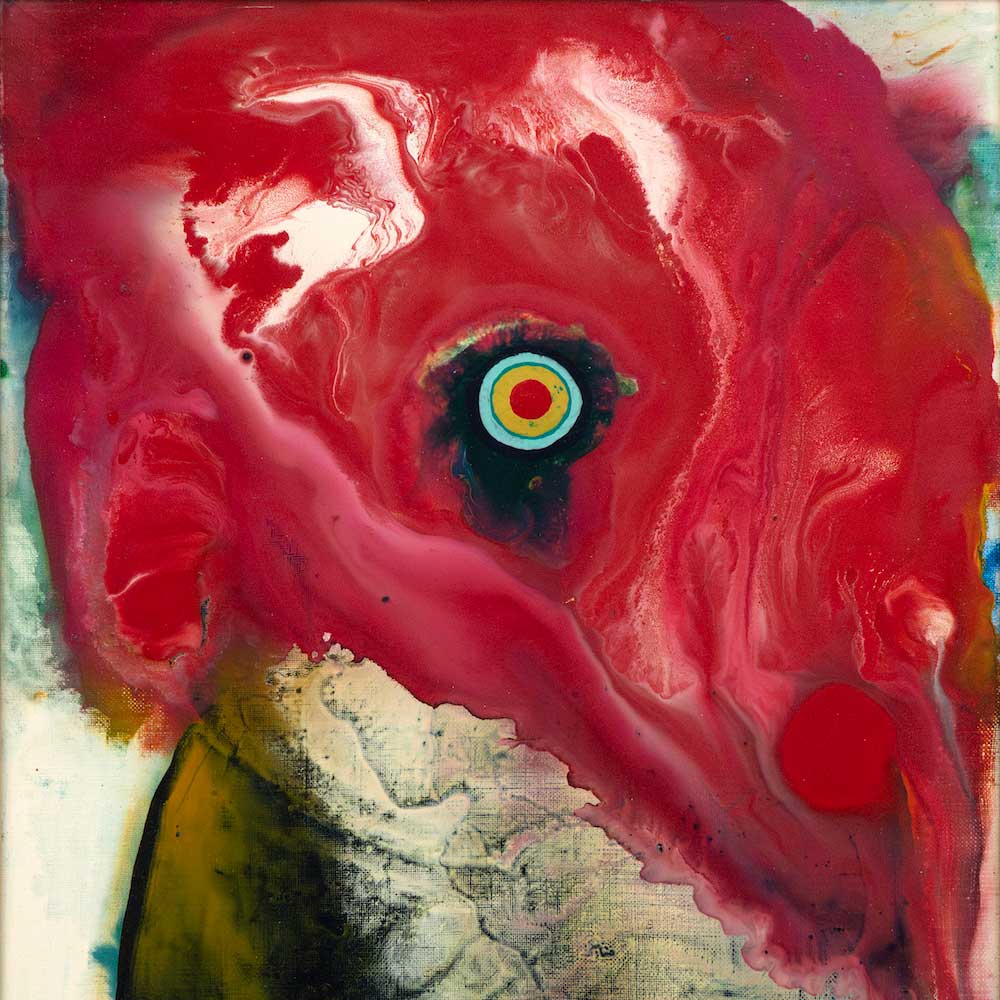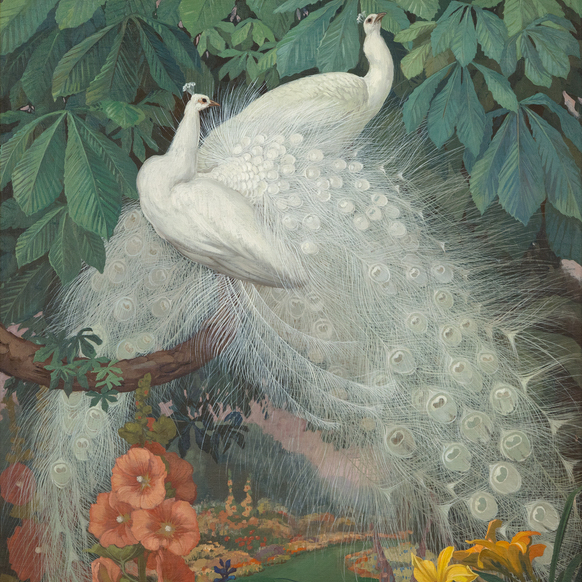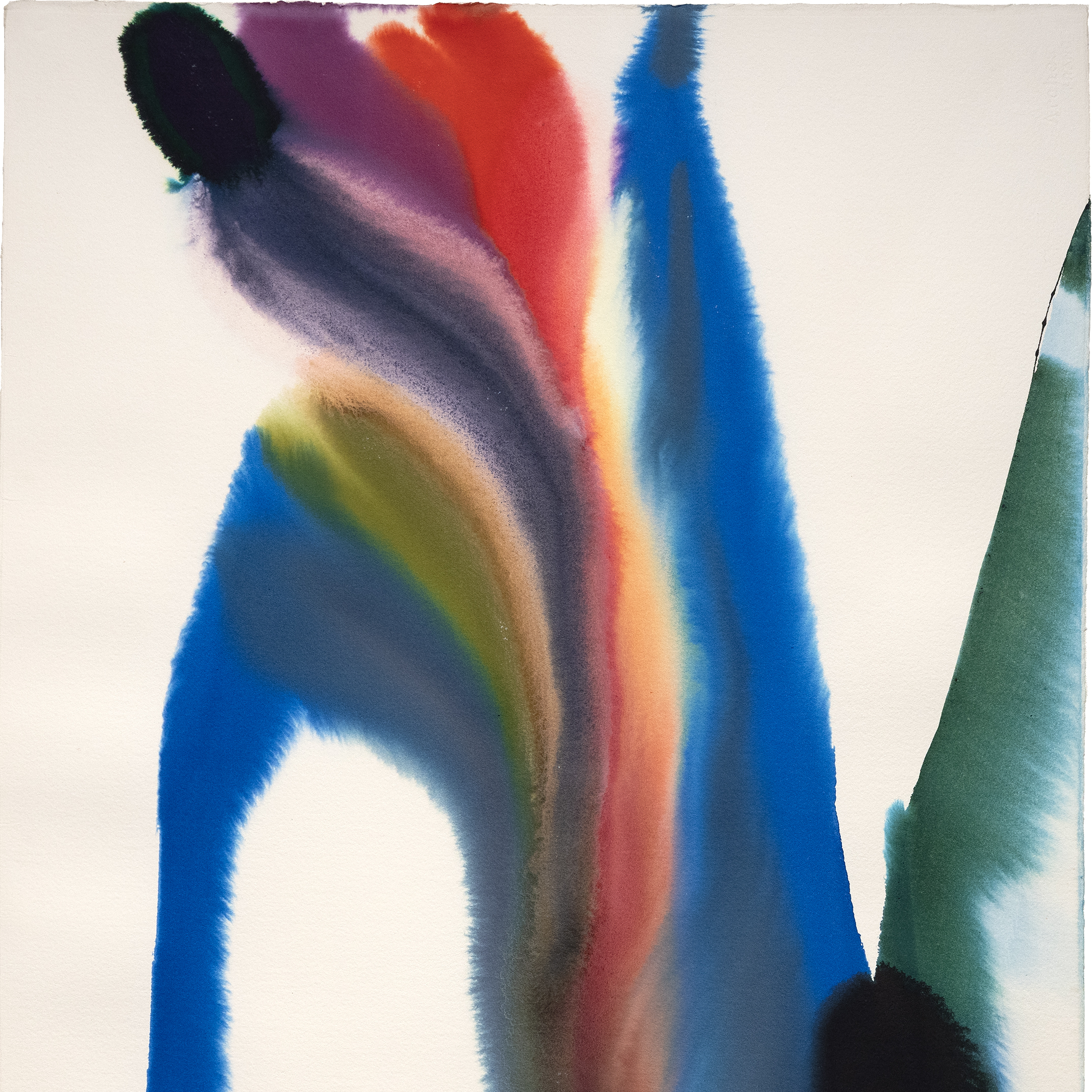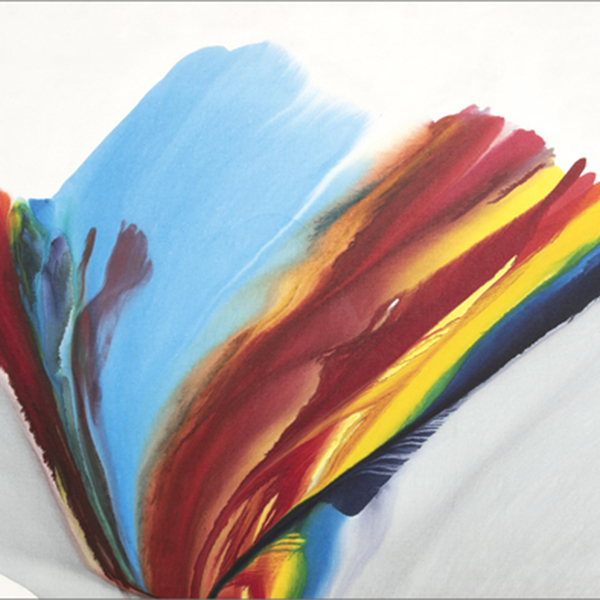PAUL JENKINS (1923-2012)
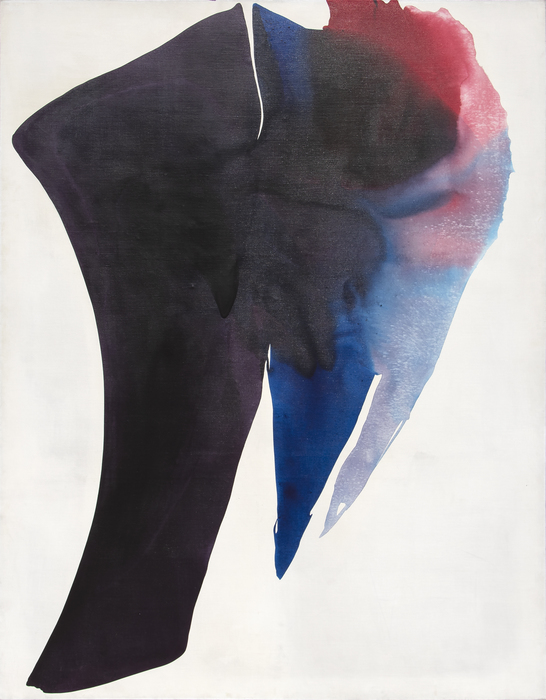 As a member of the Abstract Expressionist movement, Paul Jenkins was renowned for his technique of controlled paint pouring and use of translucent colors. His paintings were influenced by his early interest in Eastern religions and philosophy, the writings of Carl Jung, and by Goethe’s color theories, which inspired him to preface the titles of his works with the word “Phenomena,” followed by a key word or phrase.
As a member of the Abstract Expressionist movement, Paul Jenkins was renowned for his technique of controlled paint pouring and use of translucent colors. His paintings were influenced by his early interest in Eastern religions and philosophy, the writings of Carl Jung, and by Goethe’s color theories, which inspired him to preface the titles of his works with the word “Phenomena,” followed by a key word or phrase.
Throughout the 1960s, Jenkins’ work was shown at major galleries and museums worldwide, including Tokyo, London, New York, Paris, and Amsterdam. In 1963, he took over de Kooning’s light-infused loft in Union Square where he worked until 2000. Regarding his paintings, Jenkins once said, “I have conversations with them, and they tell me what they want to be called.” Until his death in New York City in June 2012, Jenkins continued to work in acrylic on canvas, as well as watercolor on paper.
Jenkins’ work is found in international museums and collections including The Whitney Museum of American Art, the Museum of Modern Art in New York and San Francisco, Centre Georges Pompidou in Paris, and the Tate Gallery in London. Thousands of items from the artist’s archives are now at the Archives of American Art of the Smithsonian Institution, Washington DC.

